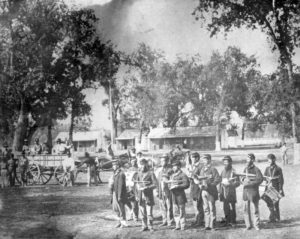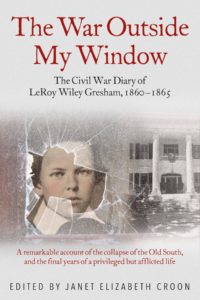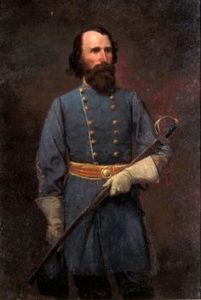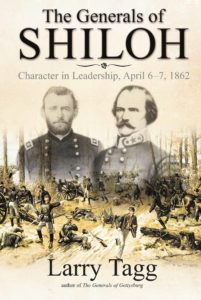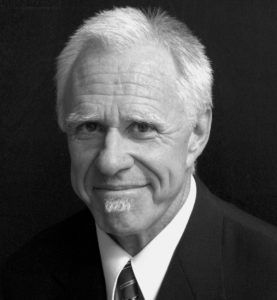Robert Burch on “California in the Civil War: Defending the State 1861–1865″
California’s involvement in the American Civil War remains one of the great hidden facets of that conflict. Many amateur historians and journalists in recent years have published articles in magazines or on the Internet discussing alleged Civil War events across California between 1862 and 1865. This presentation combines all documented events into one forum for a clear, concise and complete operational picture of what happened within the state during the last four years of the war. In hindsight, none of these events has any connection with the war. However, at that time they were so considered and reflect California’s involvement in the great struggle to preserve the Union. The story ends with the post-war return of Regular Army regiments.
The U.S. Army transitioned from combat to stability operations upon successfully securing the state for the Union in late 1861. The Army also transferred operational responsibly at the military district level to various California Volunteer regiments. These units conducted what we today call “military support to civil authority.” These ranged from operations against hostile Indian “war bands” to assistance to local law enforcement to counter common criminal gangs disguised as partisans. Concurrently the state militia supported local law enforcement agencies in some of the “California Squatter Wars” during this period. This story is presented in rough chronological order:
- Background – Military Situation in January 1862
- Events Shift North
- San Jose, Healdsburg and Vallejo
- Bald Hills Indian War (Omitted)
- Owens Valley Indian War (Omitted)
- Northeast California Indian Wars (Omitted)
- Visalia
- Santa Clara County
- Preparation for War with France (Omitted)
- Victory: End of California Secessionism & Return of Regular Army
This presentation omits discussion of the various Indian Wars and preparation for war with France to focus on alleged Civil War-related events. Omitted parts are part of the California wartime experience, but excluded due to time constraint. They are listed above simply to offer a complete outline of wartime military events within the state during the war.
Bob Burch is a native Californian, born and raised in Santa Clara County. He is also a lifetime student of the Civil War. He had the opportunity to visit many Civil War sites from Florida to Pennsylvania to New Mexico during his 30 year military career. Like many California CWRT members, he desires to understand his home state’s role in the war. He started collecting material for this presentation ten years ago and initiated a serious study 15 months ago. This series documents his research in great detail. Time allows only a few key points from each slide to be presented. Numerous period photographs and magazine drawings are included for visual effect with the intent of comprehending California’s role in the Civil War.

